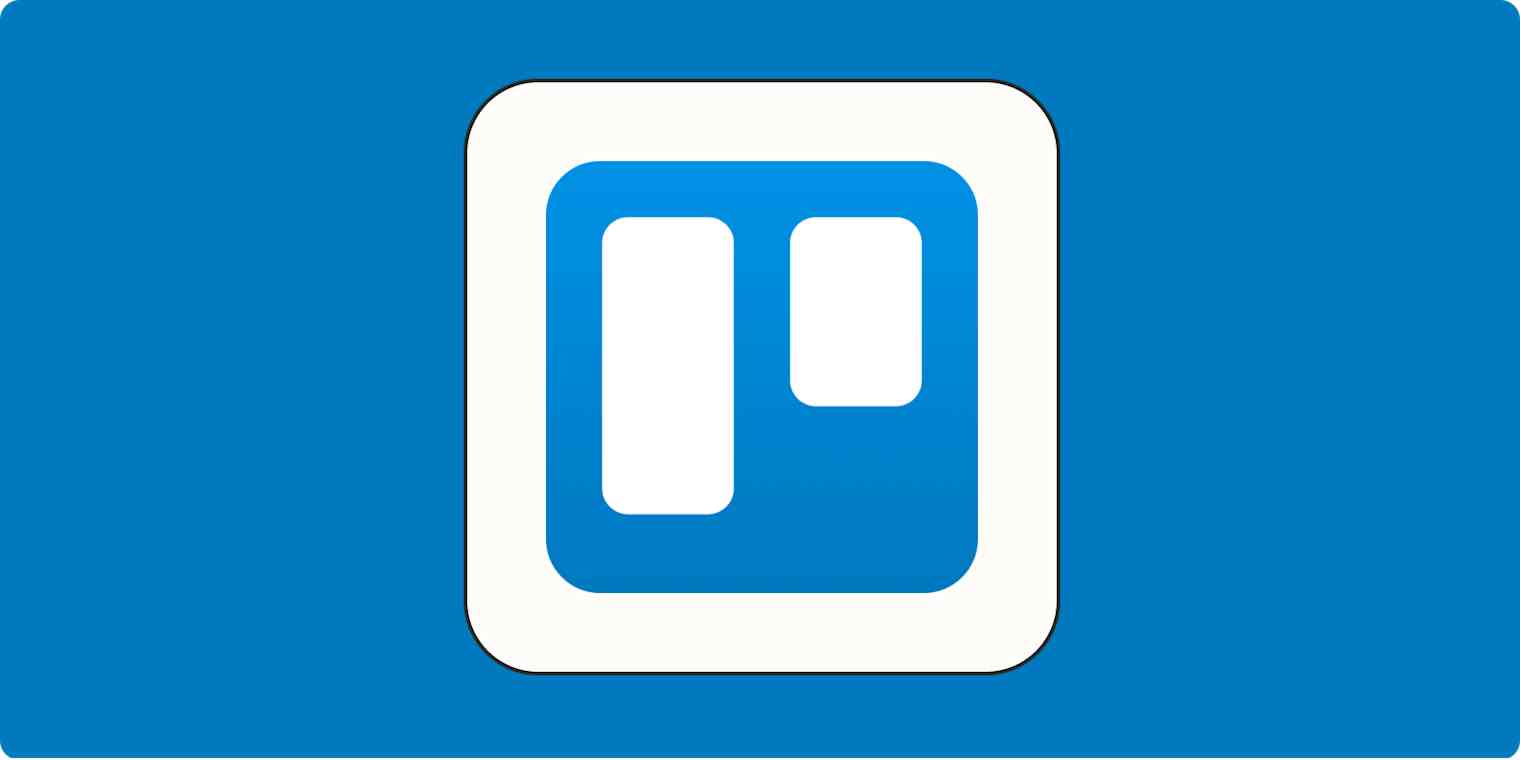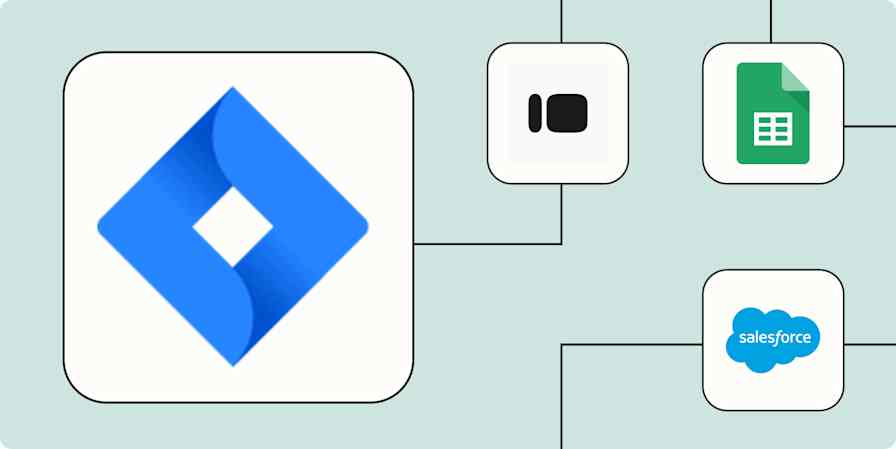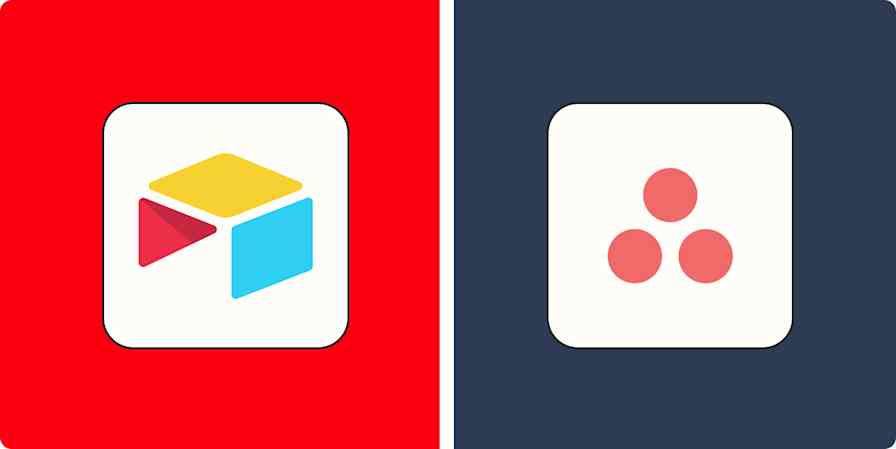App tips
3 min read5 Trello Power-Ups for solopreneurs and freelancers
How one freelancer manages projects using Trello Power-Ups
By Christine Gomolka · July 21, 2021

Get productivity tips delivered straight to your inbox
We’ll email you 1-3 times per week—and never share your information.
Related articles
Improve your productivity automatically. Use Zapier to get your apps working together.









